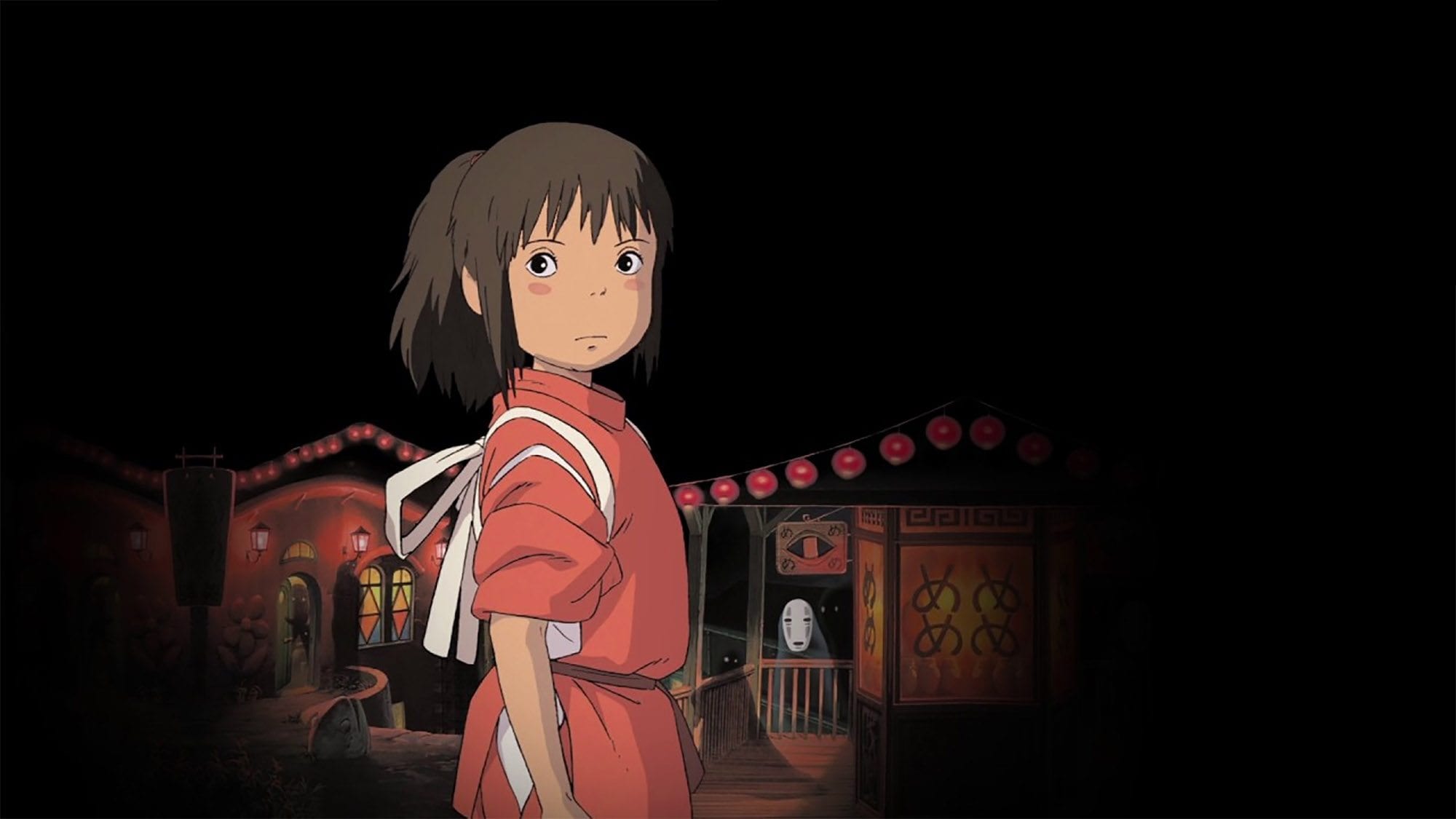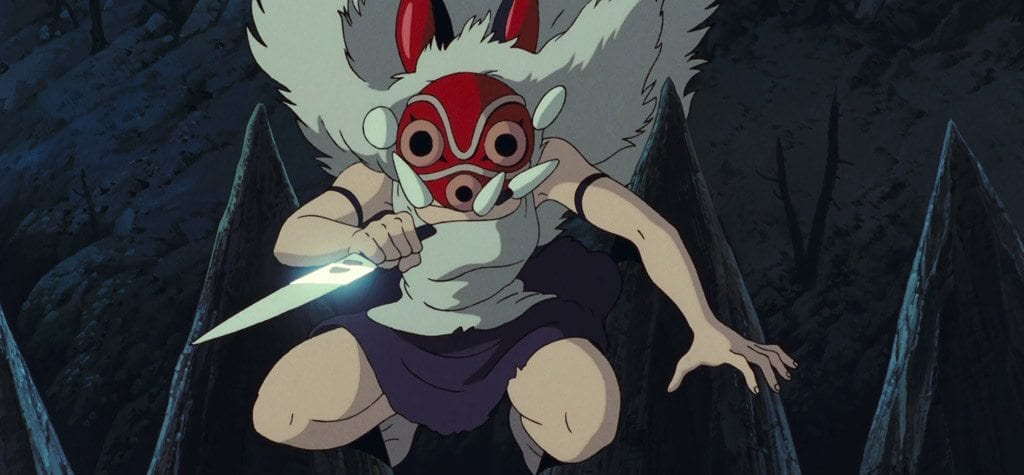
Castle in the Sky: Exploring Studio Ghibli’s most magical movies
The world of anime lost one of its great visionaries last year when Studio Ghibli co-founder Isao Takahata passed away aged 82. The award-winning animator and longtime collaborator with Studio Ghibli’s Hayao Miyazaki died at Tokyo hospital following a long illness. RIP – he will be greatly missed.
While Takahata was less commonly in the spotlight than Miyazaki, his contribution to Japan’s most celebrated animation house should not be underestimated. The director, animator, screenwriter, and producer was best known for directing Grave of the Fireflies – a powerfully moving tale of two orphans in Japan during the second world war.

Takahata’s other notable work includes films such as the romantic drama Only Yesterday, raccoon romp Pom Poko, and the last movie he ever worked on: the 2013 adventure drama The Tale of the Princess Kaguya.
In celebration of Takahata’s life, his artistic vision, and the world’s most influential animation studio he helped to create, let’s take a look back at some of the most exquisite and enchanting Studio Ghibli films ever made.
The Tale of the Princess Kaguya (2013)
While Takahata’s last film may run a little longer than it needed to, we think it’s deserving of a mention due to its unique watercolor aesthetic, setting it apart from the Ghibli house style.
Based on ancient folklore, the story follows a childless woodcutter and his wife who discover a pixy-like girl in a bamboo shoot who transforms into an exquisite young lady. As she continues to grow, the princess must face up to her fate and confront the ethereal life she left behind.
Kiki’s Delivery Service (1989)
Mixing real life problems with magic and light, Kiki’s Delivery Service is ultimately a story about growing into the rough parts of kidulthood, following a clumsy witch who leaves home at 13 to find a new town and a real job. The film is a perfect example of Studio Ghibli’s proficiency for making coming-of-age films featuring strong female characters, while its animation showing the purity of the natural world ignites feelings of familiarity and comfort.
The Wind Rises (2013)
While The Wind Rises delivers messages about modern times by looking back to traumatic events in the past (offering a more adult-targeted vision than most other Ghibli flicks) the film drew complaints for adapting elements of Jiro Horikoshi – an aeronautical engineer who created the Japanese Zero fighter plane.
However, it’s clear from the imagery and the narrative that director Miyazaki simply wishes to avoid whitewashing the military applications of Jiro’s design. While chronicling the years surrounding the Great Earthquake and exploring Jiro’s love for the young woman Naoko, Miyazaki shows we must try to live in world decided by powerful forces that are not always so kind.
Pom Poko (1994)
Arguably Takahata’s best film (although this is very debatable), this comedic allegory features heaps of shapeshifting animals commonly seen in Japanese folklore, making it a wonderfully weird visual delight as the raccoon dogs (or “tanuki”) use their magical powers to turn nuts into tools and battle against the human real estate developers who are ravaging their environment.
Howl’s Moving Castle (2004)
While this enchanting fantasy might not be Miyazaki’s most visually beautiful or perfectly realized with its narrative plot, Howl’s Moving Castle creates connections through emotions, making it a more personal and moving watch.
While delving into the magical realm in which a half-man, half-bird magician strikes up a friendship with a young milliner named Sophie who’s been turned into an old woman by a witch’s curse, the story also manages to stay grounded, ultimately focusing on love, kindness, and finding one’s true self.
Grave of the Fireflies (1988)
As one of the most tragic films in the Ghibli canon (and yet still beautifully poetic), Takahata’s Grave of the Fireflies shows a young brother and sister as they fight to survive during the firestorms of World War II. Despite its critiques of Japanese nationalism, the narrative ultimately serves to show how light can shine in the darkest of places.
Ponyo (2008)
Ghibli animation in an ocean setting is something we all wanted to sea and in Miyazaki’s take on The Little Mermaid – about a proud little fish who falls in love with a young boy named Sosuke – the director uses this to great effect, serving up some of the most awe-inspiring visuals ever seen in a Ghibli film.
Castle in the Sky (1986)
In pure steampunk style, the first official Studio Ghibli movie is a wonderous action adventure featuring a magical floating kingdom, airborne pirates, and some mystical accessories.
The necklace in question belongs to a young girl who teams up with an orphaned boy after finding out he believes in the ancient castle that floats in the sky. Together they race against pirates and government officials to save the kingdom known as Laputa from total destruction (encountering a fair few obstacles and interesting characters along the way.)
Porco Rosso (1992)
Filled with themes reminiscent of a Howard Hawks movie, the adventures of Porco Rosso a.k.a. The Crimson Pig are beautifully animated and boldly colored, combining World War I themes with enchanting Japanese anime visuals and early Hollywood romance.
The story of a veteran World War I pilot who is cursed to look like an anthropomorphic pig is severely overlooked, signalling the end of Miyazaki’s run of simpler stories. Overall, it’s one we think is a true shining gem in the Ghibli collection.
My Neighbor Totoro (1988)
As one of Ghibli’s most beloved and heartwarming tales, My Neighbor Totoro embodies that fuzzy warmth the studio’s films are so good at igniting. Following two young sisters Satsuki & Mei as they move to a country cottage while their father commutes to work and their sick mother sits in hospital, its magical elements are introduced when the girls make friends with Totoro – a large fluffy creature almost all of us have fantasized giving a great big hug.
As Totoro and his woodland friends help the sisters through a difficult time, the film builds up to one of the most tear-jerkingly beautiful endings in the Ghibli canon.
Princess Mononoke (1997)
The story of Princess Mononoke follows the young prince of a hidden tribe, Ashitaka. After being wounded in a deadly battle with a demonic forest god and discovering he is cursed to die, Ashitaka journeys deep into the sacred depths of the forest to find a cure, where he meets San a.k.a. Princess Mononoke – a girl raised by wolf-gods who is waging battle against the human settlement of Irontown.
Princess Mononoke is a fine example of Miyazaki’s masterful storytelling, using carefully crafted narrative, stunning visuals, and Samurai themes to deliver anti-war and environmentalist messages.
Spirited A way (2001)
Blending the spiritual, the realistic, the mystical, and the human, the film about a young girl who is plunged into a twisted adventure to break a curse set on her parents and re-enter the real world is unmatched with regards to meticulous creature design (who can forget No-Face?), enticing and hilarious exploits, a buttload of emotions, and some seriously inviting food animations.
It’s for these reasons Spirited Away is widely considered not only the best Ghibli film, but also simply the best animated film of all time.



